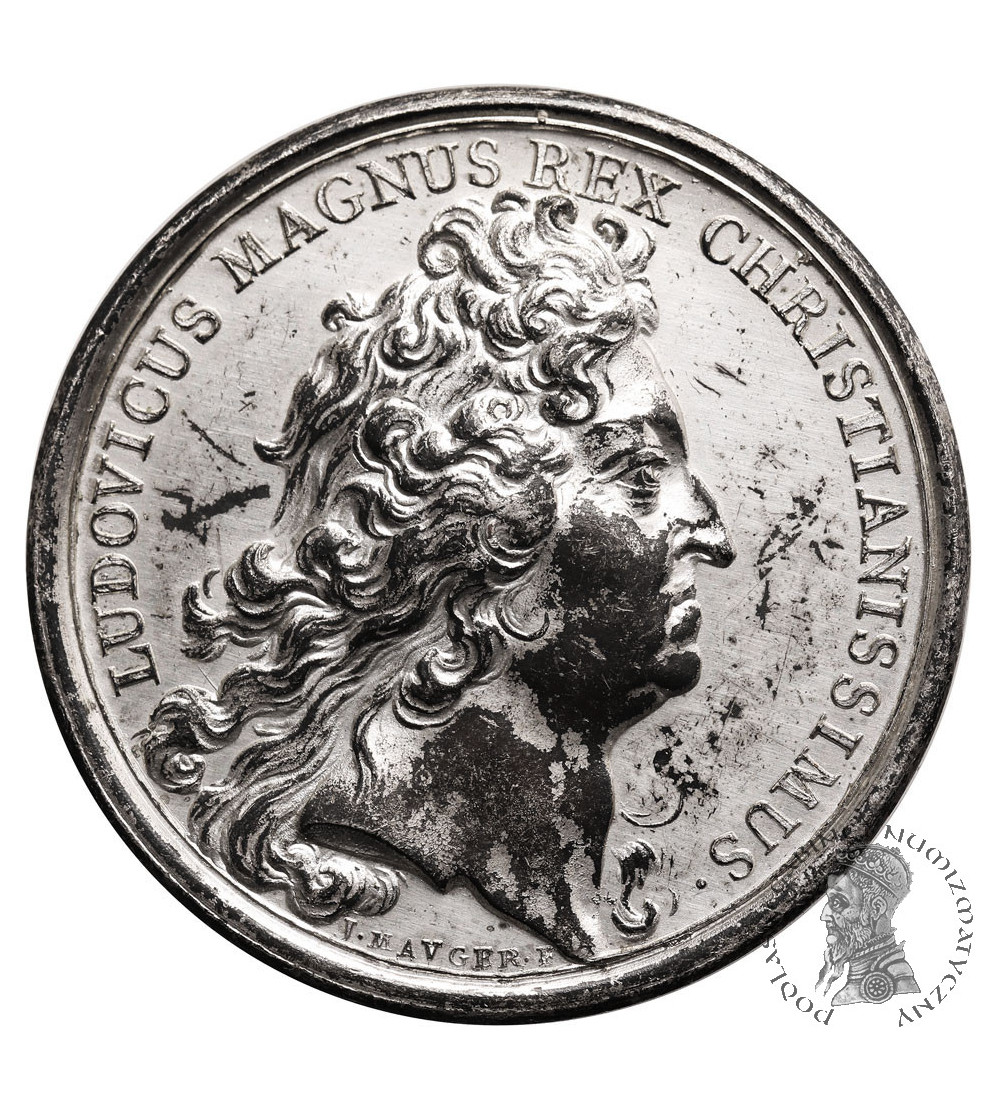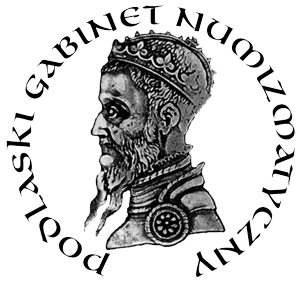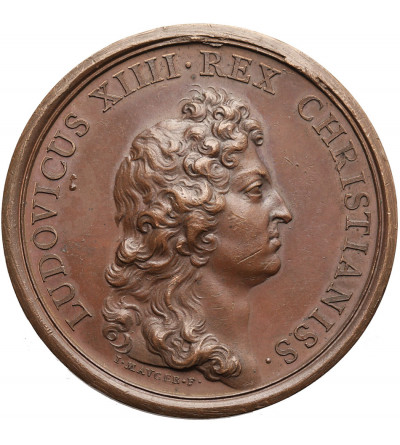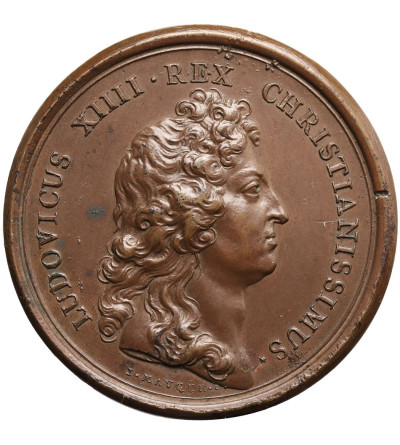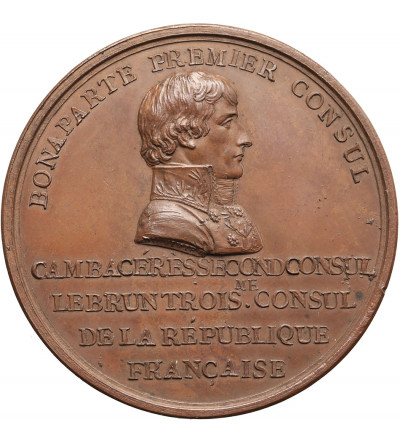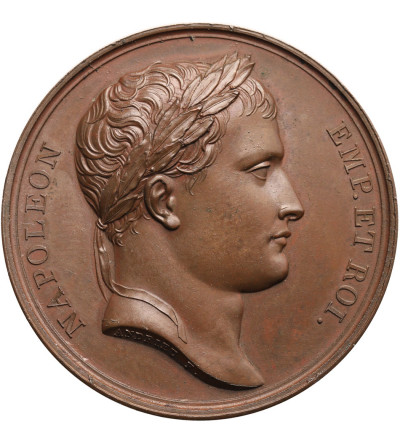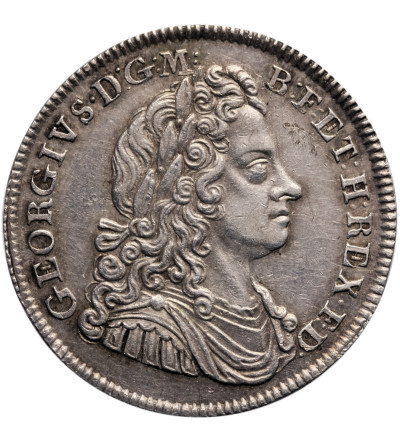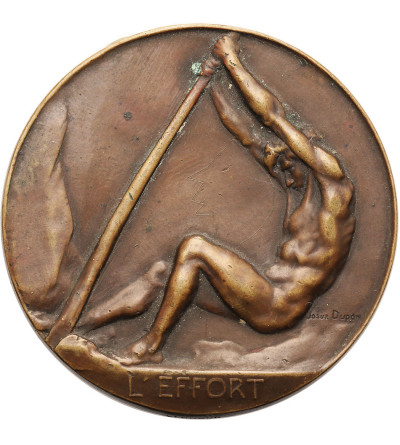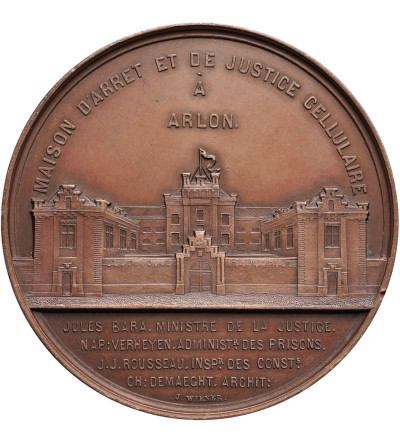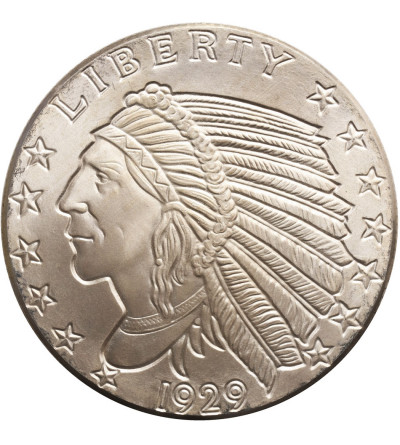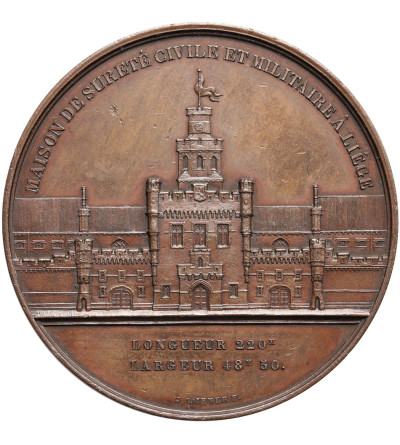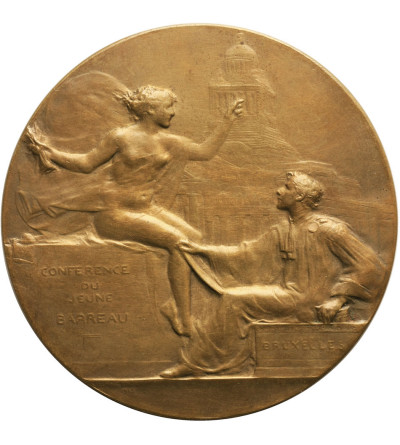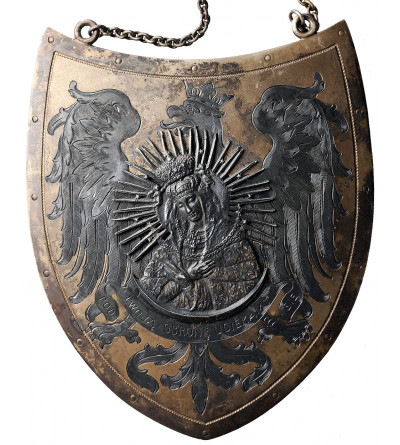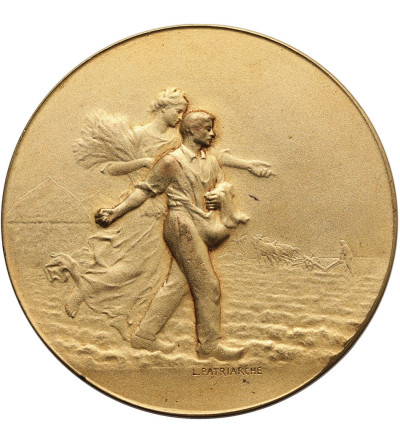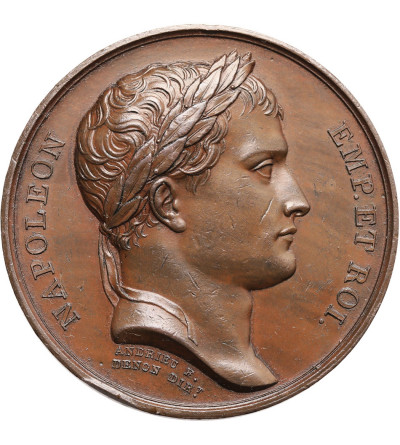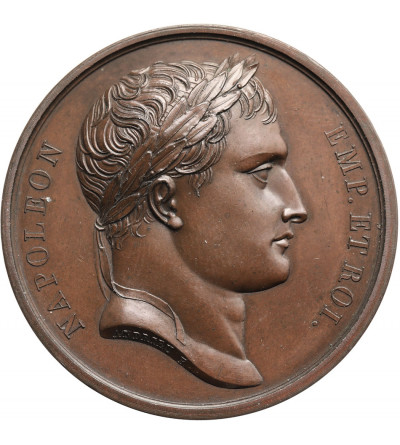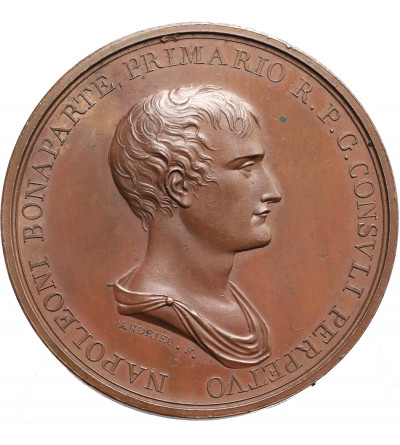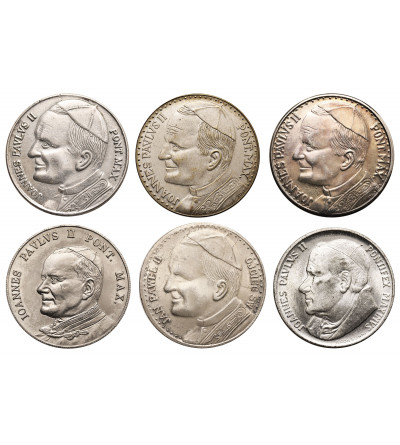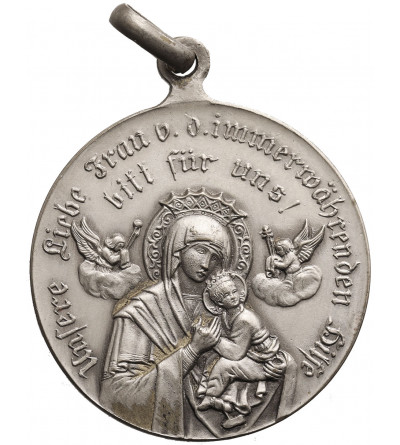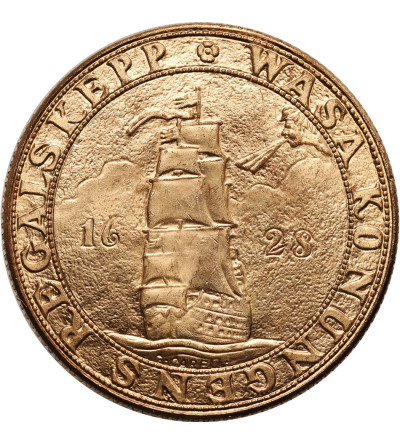Battle of Cremona (also known as the outing of Cremona) - armed clash in Lombardy on February 1, 1702 during the War of the Spanish Succession.
On the night of January 31-February 1, a detachment of several hundred grenadiers surreptitiously forced their way into the town, using a designated cloacal canal running under the house of a local priest favorable to the imperial troops. Then, with the help of sappers, a passage in the bricked-up northeastern St. Margaret's Gate was knocked out, and more Austrian troops (mostly cavalry) made their way through the breach. They were to occupy the center of the city and open the southern Padan Gate to other Imperial troops under the command of Count de Vaudémont.
The attackers were unexpectedly resisted by the French Royal-Vaisseaux regiment, which also barricaded the adjacent streets and called for help. Attacking from another direction, however, the Austrians surrounded part of the barracks, taking numerous French troops captive there. Many soldiers surprised in their sleep fell victim to the attackers. The French nevertheless managed to eventually concentrate the scattered and organize a defense, gradually regaining ground; the Royal-Vaisseaux regiment even succeeded in forcing its way through the entrenchment erected by the enemies at the entrance to the city, near the mouth of the underground canal.
Particularly fierce resistance came from the soldiers of Dillon's Irish regiment defending the gate over the Po River, leading to the pontoon bridge thrown across the river and connecting the city with the French troops camped outside. To deter the enemy, they did not retreat from preemptively blowing up the initial part of the bridge across the river. The attack was also resisted by the city's citadel, whose crew was not taken by surprise.
The imperial commander's plan did not fully succeed due to the delay in the arrival of the supporting troops of the Count de Vaudémont, who had difficult terrain to overcome. After suffering losses in street fighting and a fierce battle for the church, further threatened by the approaching French relief troops - the Austrian troops were forced to withdraw from the city through the still manned St. Margaret's Gate. In addition to the considerable capture seized, 300 prisoners were abducted - among them senior officers including Marshal Villeroi, who was surprised in his own quarters. French losses in this battle amounted to about 1000-1200 men in killed and wounded, the Imperial troops lost no more than 500-550 soldiers.
source: wikipedia.org
